1. South Dakota ranchers rise again one year after Storm Atlas
August 2014
By Sherry Bunting
As the line goes in “The Man Who Shot Liberty Valance” – “When the legend becomes fact, print the legend.”
South Dakota ranchers who emerged from the travails and struggles of 2013’s Storm Atlas have stories that go beyond legends. As Sherry Bunting’s inspiring reporting one year after the storm revealed, their efforts of rebuilding and redemption from the record-breaking storm show the fiber and strength of the American rancher. Bunting’s reporting and photos bespeak a people looking ahead with hope in spite of their losses. Even after a week of devastation that decimated many herds, Atlas survivors can attest to God’s miracles and mercies lifting their lives.
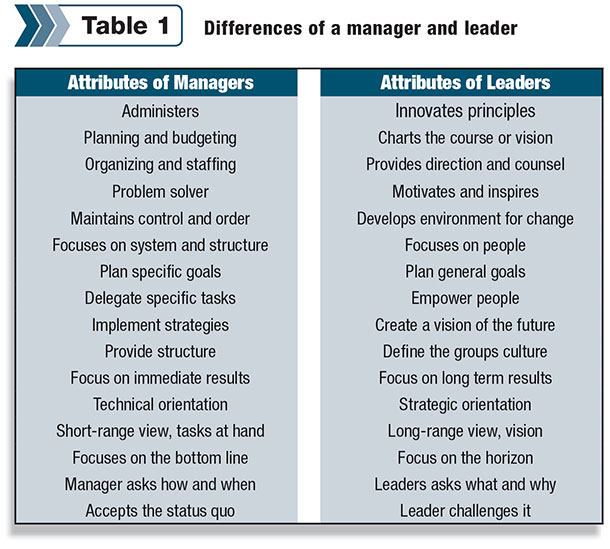
2. Are managers and leaders the same?
February 2014
By Lynn Gordon
South Dakota State University Extension Ag Leadership Specialist Lynn Gordon explored the differences between leaders and managers, and whether an effective difference is noticeable regardless of titles.
“Managers provide order and consistency,” Gordon wrote. “They focus on producing products or services and reaching the short-term goals.”
While leaders, “must be able to see the big picture, guide the managers and employees to move in the direction of this vision and empower all to do so,” she wrote.
3. Nevada Cattlemen Association issues statement on Bundy
April 2014
By Progressive Cattleman Editor David Cooper
As national news outlets, right-wing armed militia, and left-wing environmentalists worked to enflame the showdown between the Bureau of Land Management and Nevada rancher Cliven Bundy over unpaid grazing fees – the Nevada Cattlemen Association (NCA) issued a statement of much-needed clarity to quell the controversy and explain the struggle of today’s ranchers.
The NCA’s carefully worded statement explained its defense of private property rights and multiple use of public lands, and its opposition to heavy-handed environmental policy that is eliminating ranching practices.
But the group said it did not condone “actions that are outside the law in which citizens take the law into their own hands.”
The NCA said the matter was between the courts and Bundy, but could have been more amicably handled than with an armed showdown in the desert.
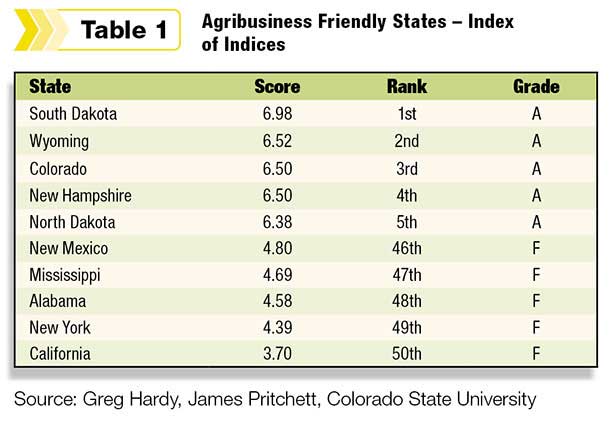
4. How ag friendly is your state? CSU study charts the data
March 2014
This online news story highlights the work of Greg Perry and James Pritchett, two resource economics experts at Colorado State University, and their two-year effort to create a group of indices measuring business development in an agricultural perspective.
The Agribusiness Friendly Index ranks states in four different categories of agricultural production: agricultural inputs, crop production, meat and livestock products, and first-level agricultural processing.
Update from study co-author Greg Perry:
How far has interest spread in the Agribusiness Friendly Index since you released it last spring?
We have been surprised and gratified by the interest shown in our work. The results have been published all over the United States, and we have done several interviews about the results. One measure of the interest is reflected in the number of downloads of the results. The states that have received the most downloads to date are Colorado, New York, California, Texas, Iowa, Wisconsin, Oregon, Pennsylvania and South Dakota. Quite a cross section of U.S. agriculture! To date we have had over 2,000 web page hits just to our results on the Colorado State University website.
What unique ways are you expecting your research to be used further in the ag industries?
Judging from the questions we’ve received, it appears that policy makers are looking at the results as a way to address negative policies that impact their state’s competitive position. Several interviews have probed about specific variables and the factors that are driving particular results. This is a good thing and is what we hoped would happen.
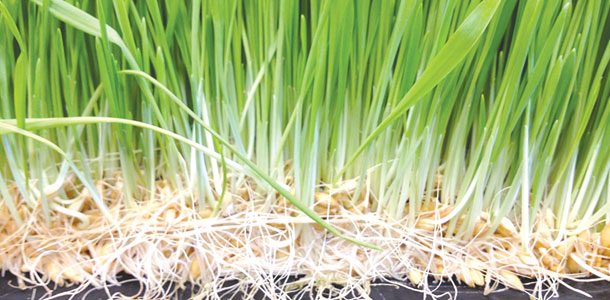
5. Hydroponic forage system: Too good to be true?
January 2014
By Glenn Shewmaker
University of Idaho Forage Extension Specialist Glenn Shewmaker takes the analytical approach in this article, breaking down the potential benefits that are listed with uses of commercial hydroponic forage systems.
Shewmaker concludes that the major investment in capital facilities, as well as high maintenance and water requirements, with net losses of energy all add up to a loss of savings and mass in production.
“As an agronomist, I am amazed that I sometimes fail to convince a forage producer to apply fertilizer to his crop based on a good soil test, when we can predict the yield response and a benefit that is more than the cost.
“I commonly hear the excuse that it is just too expensive even though I can show a positive return on the dollar.
“Yet some glossy pamphlet or website will get them all excited about some unproven product that claims to produce a lot of forage from very little.”
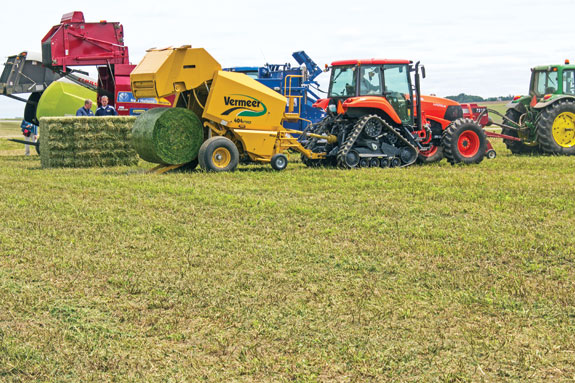
6. Common sense for heavy metal fever
October 2013
By Ron Gill
This article, which originated from a presentation at the Texas A&M Beef Cattle Short Course, includes suggestions and cautions from Texas A&M’s Ron Gill on teaching cattle ranchers how to “evaluate what they purchase and see how much of it is really necessary and what could be done away with.”
“Where should money be spent?” Gill asks. “There are two areas where it makes perfect sense to spend money. That would be on things that will improve the land and the performance and value of the livestock.”
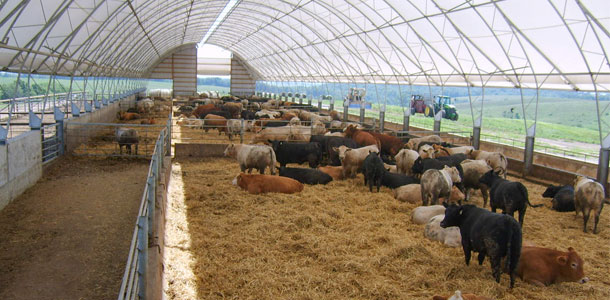
7. Coverage from the storm: Assessing covered feedlots
December 2013
By Randy Happel
Is there a direct correlation – whether in winter or in summer – that cattle perform better on feed and show increased gain in feeding facilities that protect livestock animals from the elements?
Freelance writer Randy Happel broke down the research studies that “suggest there is a positive economic return from feeding cattle in confined facilities; although individual feedlot operators needed to analyze for themselves if the advantage is sufficient to pay for the covered facility.”
8.Commentary: New farm bill a mixture of boons and burrs
January 2014
By Jim Gransbery
In a wide-ranging commentary piece written immediately after President Obama signed the new Farm Bill, freelancer Jim Gransbery explained the history of political bickering and “skunk shootouts” that went into the legislation.
Key measures it explained included $4 billion in disaster assistance over 10 years, provisions to assist emergency forage feed in droughts and to cover some predator losses.
The bill did not split farm assistance from food stamp provisions and left out restrictions preventing the USDA from enforcing the market competition provisions of the Packers and Stockyards Act.
Biggest of all was leaving the country of origin labeling measure intact. Read further on to see how Gransbery assesses the long-term impact of that decision by checking out the story.
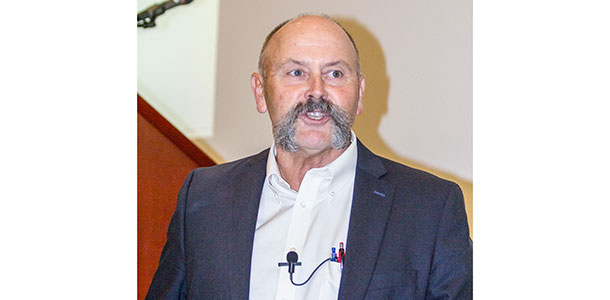
9. Speaker says public wants trust in animal welfare, not data
July 2014
By Progressive Cattleman Editor David Cooper
Speaking at the International Cattle Welfare Symposium held at Iowa State University in July, David Daley, dean of the College of Agriculture at California State University – Chico, said there’s a value – and a danger – in using science-based data and research to qualify the care given to agricultural livestock.
“People say we need good research. We do; we need good information. But that’s not going to change the public’s perception. They want trust, not science.”
Today’s consumers carry doubts on many pieces of research, based on who paid or initiated the work, Daley said.
He broke down the best strategies for responding to animal welfare critics without breaking into debate or confrontation:
- Don’t use profit as a welfare motive
- Defend other industries … carefully
- Don’t argue with the completely disagreeable
- Don’t criticize non-conventional production
- Use solutions that producers can buy
- Don’t be afraid to engage the public
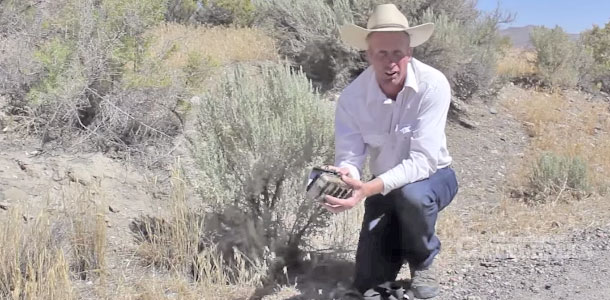
10. Video: Tips to camouflage a ranch security camera
September 2014
When Nevada rancher Nathan Boies returned from military duty in Iraq, he found the family operation susceptible to theft and vandalism with its open access on public grazing lands.
So he put his military expertise in camera surveillance to good use, installing ranch security cameras along access roads. In this video he demonstrated simple tips that help conceal equipment, set the right angle and establish a motive for your video. ![]()






